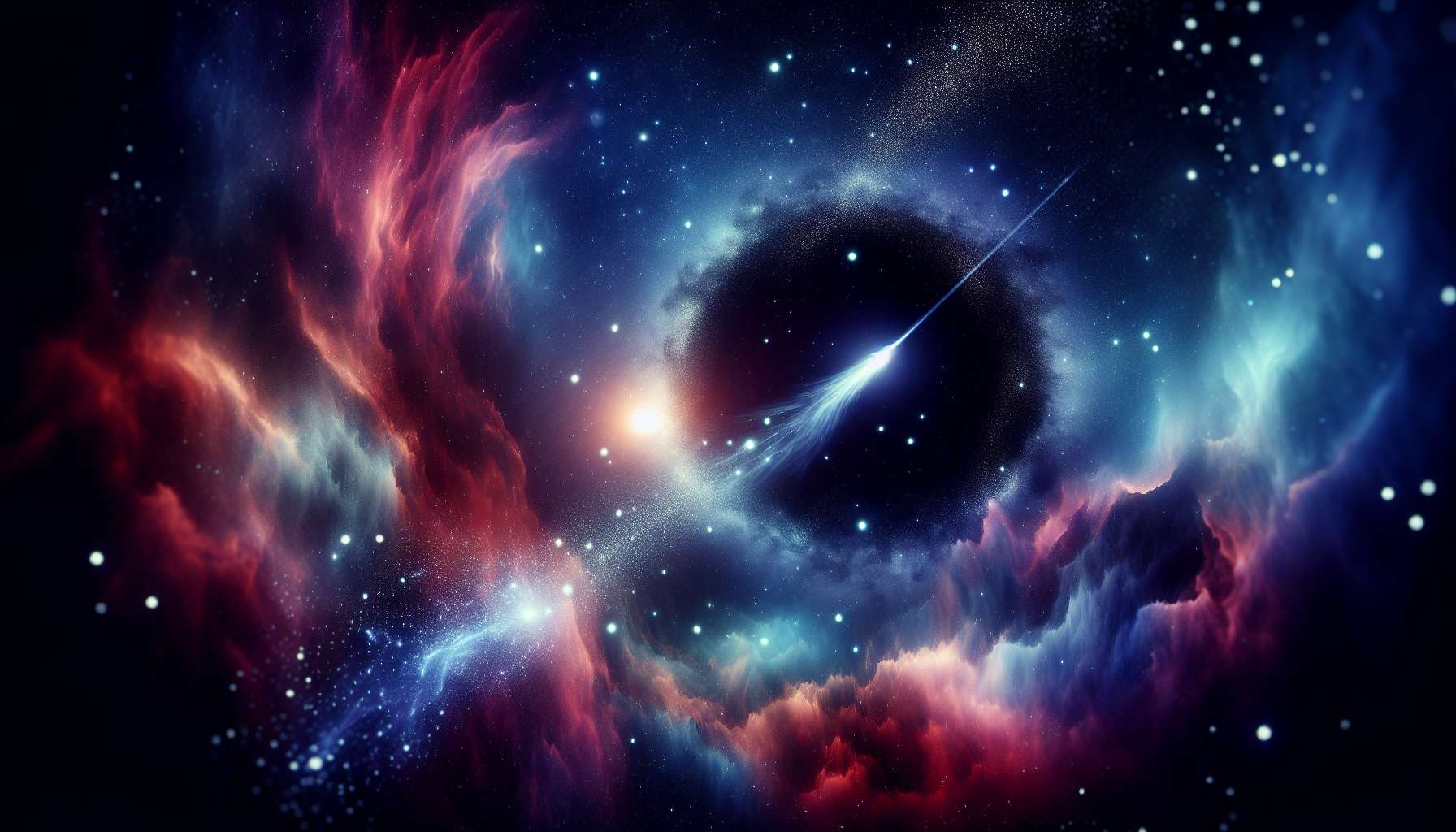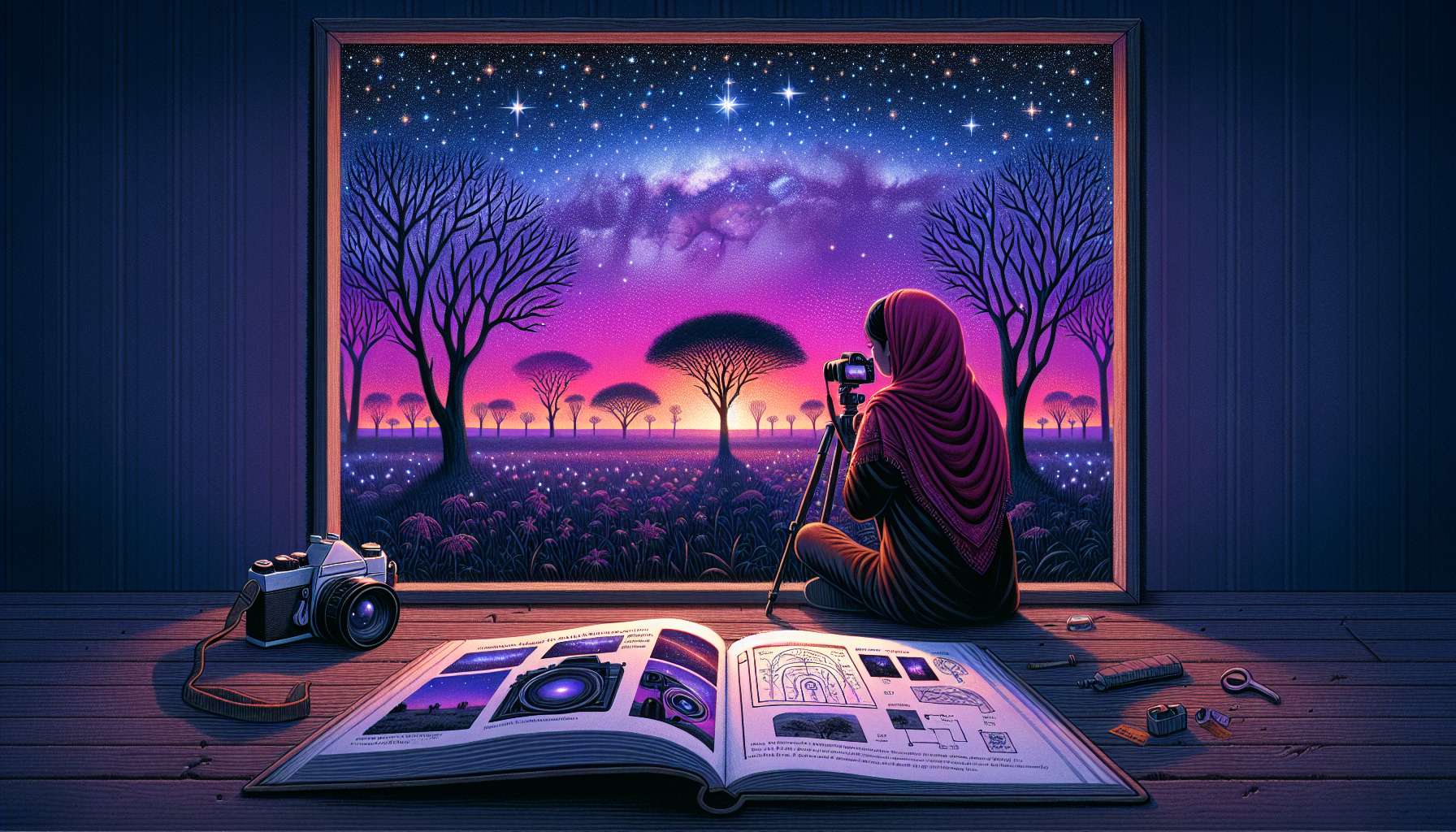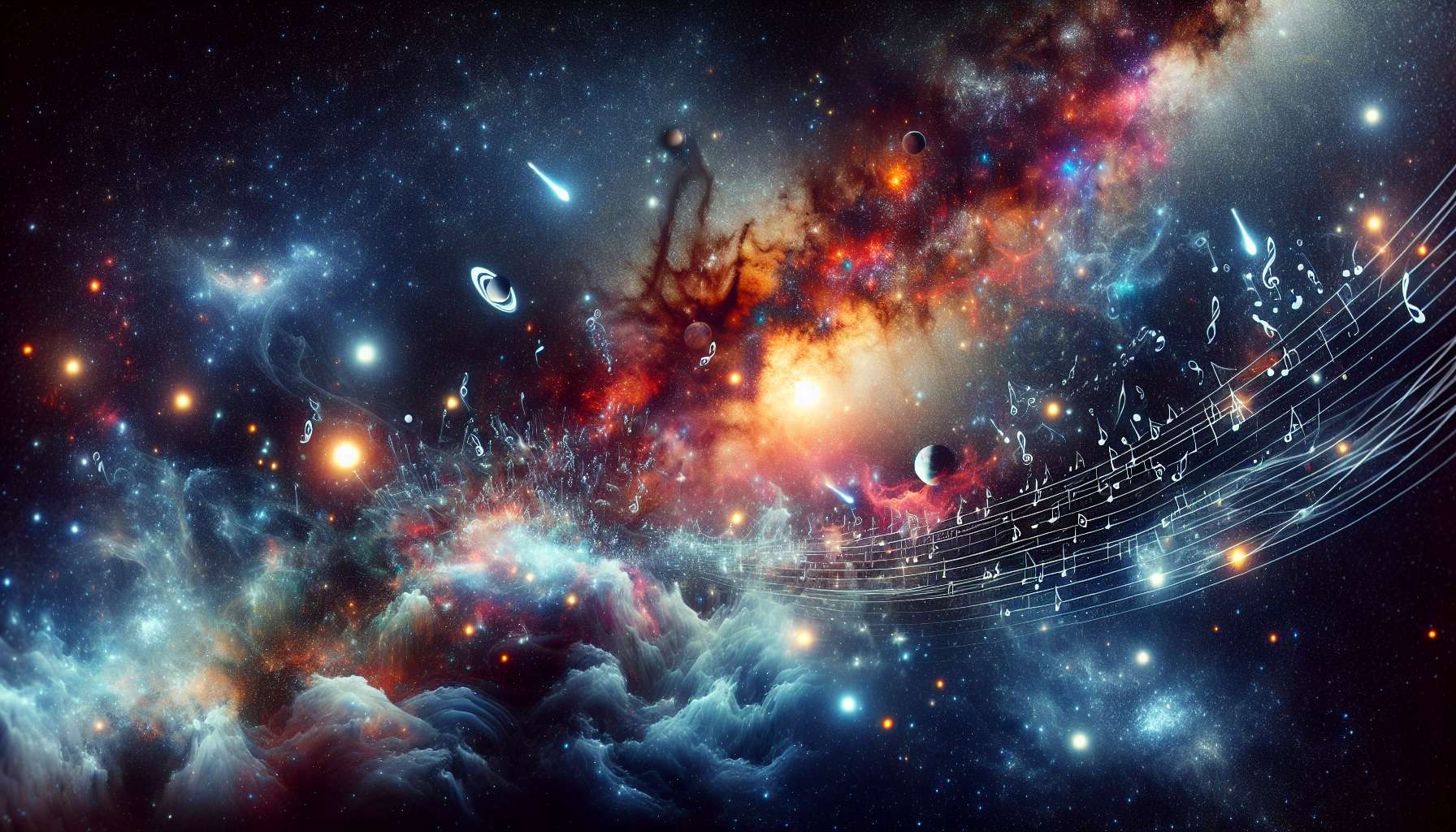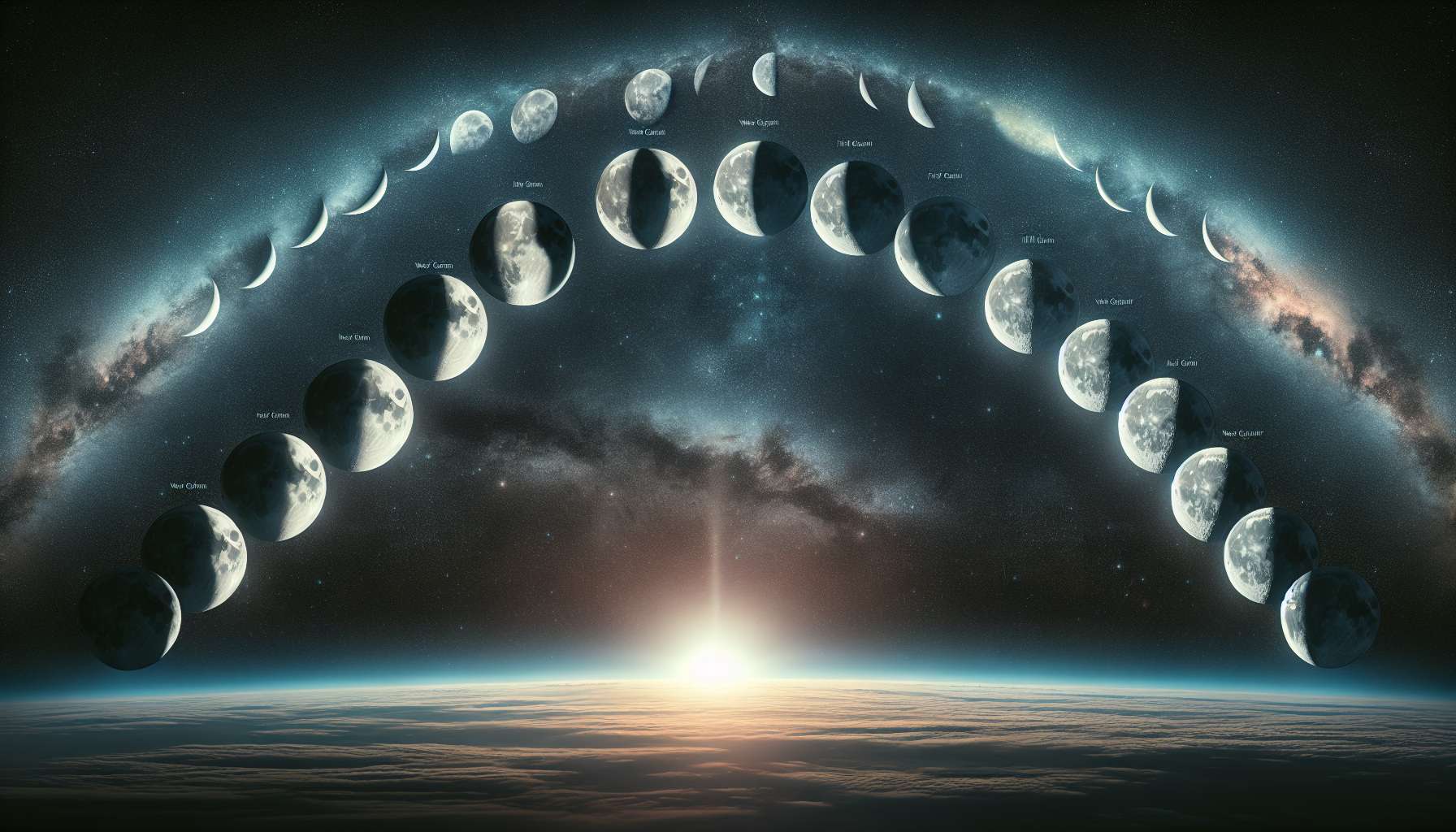Celestial Phenomena Photography: Capturing the Wonders of the Universe
Have you ever gazed up at the night sky, mesmerized by the beauty of stars, planets, and galaxies twinkling in the vast expanse above? Imagine being able to capture these celestial wonders through the lens of a camera, freezing moments of cosmic beauty for eternity. Welcome to the fascinating world of celestial phenomena photography, where art and science converge to create stunning images that transport us to the far reaches of the universe.
From the northern lights dancing in the Arctic sky to the solar eclipse casting a shadow on Earth, celestial phenomena photography allows us to witness and document rare and spectacular events that occur beyond our planet. In this article, we will delve into the intricacies of this niche photography genre, exploring its history, techniques, equipment, and the awe-inspiring images it produces.
The History of Celestial Phenomena Photography
Celestial phenomena photography dates back to the early days of photography itself, with pioneering photographers capturing images of the moon, stars, and planets as early as the 19th century. One of the most famous early examples of celestial photography is the daguerreotype of the moon taken by John William Draper in 1839. This groundbreaking image laid the foundation for future generations of photographers to explore and capture the wonders of the universe.
As technology advanced, so did the capabilities of celestial phenomena photography. With the invention of more sensitive film and digital cameras, photographers were able to capture fainter celestial objects such as nebulae, galaxies, and comets with greater detail and clarity. Today, photographers use specialized equipment and techniques to capture stunning images of celestial events such as meteor showers, auroras, and eclipses.
Techniques and Equipment
Photographing celestial phenomena requires a unique set of techniques and equipment to capture the beauty and majesty of the night sky. Long exposure photography is essential for capturing faint objects such as stars, galaxies, and nebulae. By leaving the camera shutter open for an extended period of time, photographers can gather more light and detail, resulting in stunning images of the night sky.
One of the key pieces of equipment for celestial phenomena photography is a sturdy tripod to keep the camera stable during long exposures. Additionally, a remote shutter release or intervalometer is used to minimize camera shake and vibrations when capturing long exposure images. A wide-angle lens with a fast aperture is also recommended for capturing the expansive beauty of the night sky.
For capturing specific celestial events such as meteor showers or eclipses, photographers may need to use specialized filters or telescopes to enhance the visibility and clarity of the phenomena. Investing in high-quality equipment and mastering the techniques of celestial phenomena photography is essential for capturing breathtaking images of the universe.
Real-Life Examples and Case Studies
One of the most iconic celestial phenomena to photograph is the aurora borealis, or northern lights. Photographers from around the world travel to locations such as Iceland, Norway, and Canada to capture the dancing lights in the sky. By using long exposure techniques and capturing the auroras against stunning landscapes, photographers create mesmerizing images that showcase the beauty of this natural phenomenon.
Another popular celestial event to photograph is a solar eclipse. By using solar filters and specialized lenses, photographers can capture the moment when the moon passes in front of the sun, creating a stunning celestial display. The 2017 total solar eclipse in the United States drew millions of people to the path of totality to witness and photograph this rare event.
Photographers also capture images of celestial objects such as the Milky Way galaxy, planets, and deep-sky objects like the Orion Nebula. By traveling to dark sky locations away from light pollution, photographers can capture the beauty of the night sky in all its glory. Through careful planning, patience, and technical skill, photographers create images that inspire awe and wonder in viewers around the world.
Current Applications and Future Implications
Celestial phenomena photography is not only a form of artistic expression but also plays a crucial role in scientific research and education. Astronomers and scientists use images captured by photographers to study celestial events, track changes in the night sky, and monitor the behavior of stars and galaxies. By collaborating with photographers, researchers gain valuable insights into the mysteries of the universe.
As technology continues to advance, the future of celestial phenomena photography looks brighter than ever. With the development of new imaging techniques, sensors, and software, photographers will be able to capture even more detailed and stunning images of the night sky. The growing popularity of astrophotography workshops, events, and online communities also fosters a sense of camaraderie and creativity among photographers passionate about capturing the beauty of the cosmos.
Controversies and Debates
While celestial phenomena photography is widely celebrated for its beauty and artistry, it is not without controversies and debates. One of the ongoing debates in the astrophotography community is the use of post-processing techniques to enhance and manipulate images. Some purists argue that altering images through editing software detracts from the authenticity and integrity of the original photograph, while others see post-processing as a creative tool to enhance the beauty of celestial phenomena.
Another controversial topic in celestial phenomena photography is light pollution and its impact on the visibility of the night sky. With the increasing encroachment of urban areas and artificial lighting, photographers face challenges in finding dark sky locations to capture pristine images of the stars and galaxies. Advocacy for dark sky preservation and light pollution reduction is crucial to ensuring the future of celestial phenomena photography.
Expert Opinions
Renowned astrophotographer and educator, Dr. Tyler Nordgren, emphasizes the importance of preserving dark skies for celestial phenomena photography. In an interview, he stated, “The night sky is a canvas of wonder and beauty that deserves to be protected and cherished. As photographers, we have a responsibility to advocate for dark sky preservation and inspire others to appreciate the beauty of the cosmos.”
Award-winning astrophotographer, Diana Robinson, shares her passion for capturing the night sky through photography. In a recent interview, she said, “Photographing celestial phenomena allows us to connect with the universe on a deeper level and share the wonders of the cosmos with the world. Through our images, we can inspire curiosity, awe, and a sense of wonder in others.”
Common Misconceptions
One common misconception about celestial phenomena photography is that expensive equipment is necessary to capture stunning images of the night sky. While high-quality cameras, lenses, and tripods can enhance the quality of images, photographers can still achieve impressive results with entry-level equipment and a passion for the cosmos. With practice, patience, and dedication, photographers of all skill levels can capture breathtaking images of the universe.
Another misconception is that capturing celestial phenomena requires traveling to remote or exotic locations. While dark sky locations away from light pollution are ideal for astrophotography, photographers can still capture stunning images of the night sky from their backyard or local park. By learning how to navigate light pollution and utilize the right techniques, photographers can create stunning images of the universe from anywhere.
FAQs
Q: What is the best camera for celestial phenomena photography?
A: The best camera for celestial phenomena photography is one that offers manual exposure controls, high ISO performance, and interchangeable lenses. DSLR and mirrorless cameras are popular choices for astrophotography due to their versatility and image quality.
Q: How can I find dark sky locations for astrophotography?
A: Websites such as the International Dark-Sky Association and Dark Site Finder provide maps and resources for finding dark sky locations near you. National parks, remote areas, and designated dark sky reserves are ideal locations for capturing pristine images of the night sky.
Final Thoughts
To wrap things up, celestial phenomena photography offers a unique and awe-inspiring glimpse into the wonders of the universe. By combining artistry, science, and a passion for the cosmos, photographers create images that inspire, educate, and captivate viewers around the world. Whether capturing the northern lights in the Arctic or the Milky Way galaxy in a dark sky reserve, celestial phenomena photography allows us to explore the beauty and mystery of the night sky like never before.
As we gaze up at the stars and planets above, let us remember the words of Carl Sagan, “Somewhere, something incredible is waiting to be known.” Through the lens of a camera, we have the power to uncover and share the incredible beauty of the cosmos, one image at a time.




